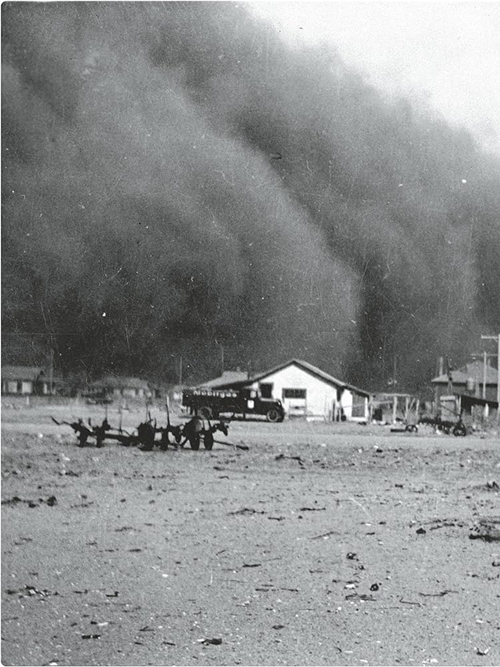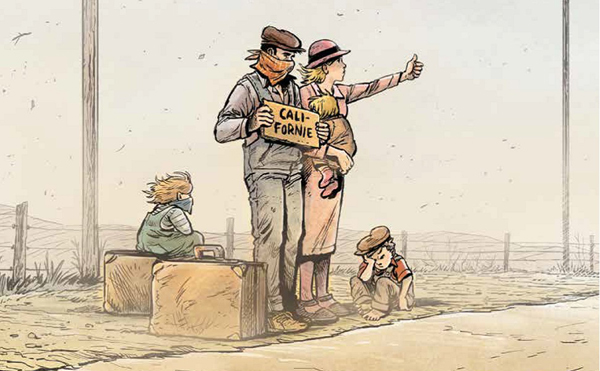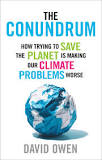The Conundrum: How Scientific Innovation, Increased Efficiency and Good Intentions can Make Our Energy and Climate Problems Worse. Originally published by Riverhead Books, 2011.
This book is certainly a nice surprise. The author, David Owen, adopts a contrarian view on the supposedly positive effects of eco-energetic products on the environment. He develops his subject in a humoristic way, often citing himself as a bad student when it comes to excessive consumption of planetary resources. Owen makes the argument that it is often easier to think at length about a problem than to actually do something about it.
Mr. Owen successfully demonstrates that the only efficient solution to slow down global warming and act against excessive use of planetary resources is to lower general consumption. Instead of supporting the idea that eco-energetic solutions will save the environment, he demonstrates that they have, in fact, a rebound effect.
With science helping to create new and less expensive products, overuse gradually becomes the norm. Because of their low cost, these same products become available to a greater number of new users, thus creating a rebound effect and increasing the consumption and impact on the environment. The idea here is not to forbid the poorest people to have access to products that could improve their quality of life, but to aim for a better distribution of the planetary resources by asking the richest countries of the world to lower their own consumption.
Many forms of transportation are analyzed: the use of the electric car, commuter train and modern aviation. Let’s consider aviation: decades ago, a plane on an intercontinental flight was polluting the air more than today. Technological innovations helped diminish the level of pollution produced for each individual flight. The engines need less fuel and aircrafts are made of lighter components, etc. On a micro-scale effect, we could assume that this is a real success. But on a planetary scale, it is easy to realize that the number of flights have increased tremendously. A growing population, added to lower ticket prices and easier access to new customers help increase the carbon footprint.
When it comes to the impact of consumption on the environment, the micro-scale vision prevails. The responsible consumer tells himself: “I bought an electric car, or a hybrid vehicle, so I did my share for the environment”. The real solution does not reside in the possibility of doing more kilometers for a liter of fuel, but to do less kilometers on a yearly basis and eventually reduce the total number of drivers and vehicles. This looks like a huge proposition. The author explains that the use of a vehicle, whatever it is, requires the development and maintenance of an ever increasing number of kilometers of roads and highways. This also has the indirect effect of facilitating, for an ever larger number of drivers, access to suburbs that are increasingly farther from higher density zones.
David Owen stresses the importance of densification. Not any densification, but a well-planned one, where the citizen does not need to use a vehicle since he has access to all the essential services within a short distance. The site www.walkscore.com has some interesting information on the subject. The author names New-York and Hong-Kong as the two most eco-energetic cities in the world. Easier said than done. Especially when we realize that those cities are becoming environmental examples because they do not have a choice due to the limitation of a small territory that forces massive densification. We cannot deny, though, that a planned densification increases the number and diversity of available services.
But if we densify some areas while widening and extending highways that facilitate access to suburbs and low density areas, we apply opposite policies, thus greatly slowing down the densification process. This is a balance difficult to achieve. In order to solve some traffic problems, many cities have adopted the commuter train when it is clear in advance that the poor density of the population, added to a large territory, will prove ineffective.
The author names Phoenix as an example: this city has a modern commuter train serving a population twice as big as Manhattan but operating on a territory that is two hundred times larger. So the operation is solved by a yearly recurrent deficit.
In the end, the main problem is that it is easier to buy eco-energetic products and preserve a lifestyle, than to diminish our level of general comfort by reducing our consumption of planetary resources. But one must admit that it is not easy for the consumer to change his lifestyle, especially when he is constantly solicited by publicity and propaganda to increase his consumption.
At the end of his book, David Owen quotes Daniel Nocera, who holds the Henry Dreyfuss Chair in Science of Energy, at MIT: [my translation] “…confusion arises when we believe that with our heart we can solve environmental problems while, doing so, we only solve the problems of consciousness”.
Note: David Owen is a regular contributor to the New Yorker. He has written many books, among them Green Metropolis (2009), about the ecological superiority of megalopolis like New-York.




